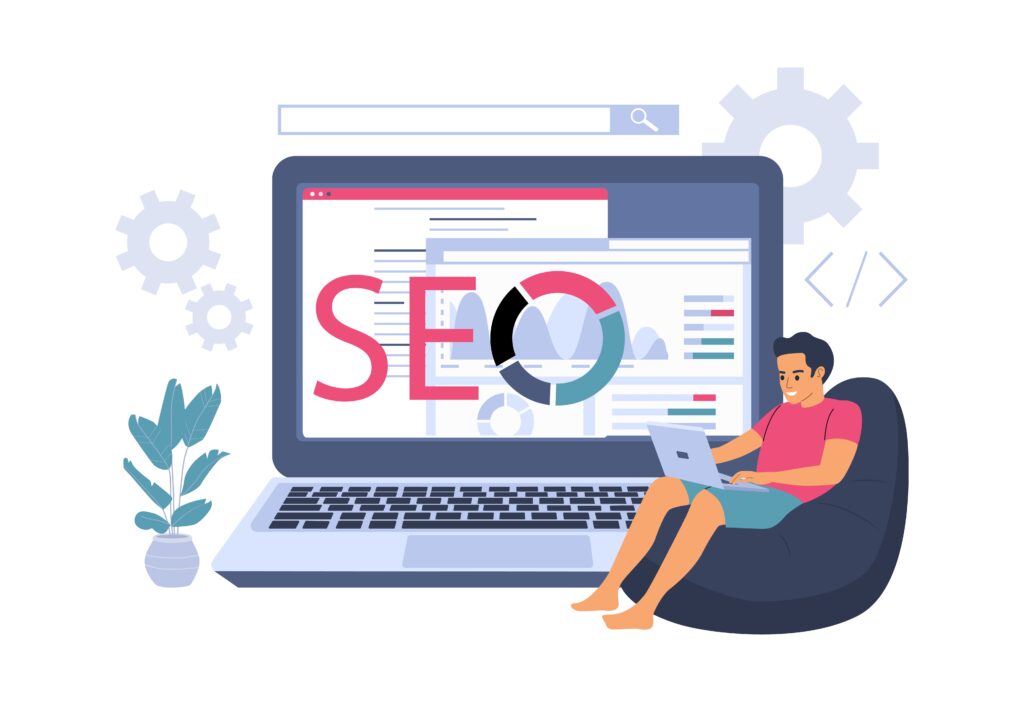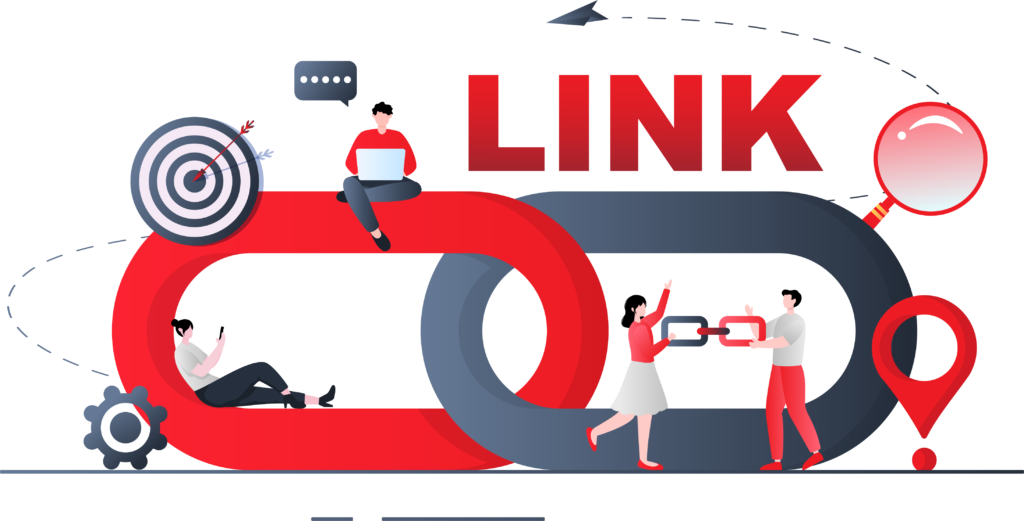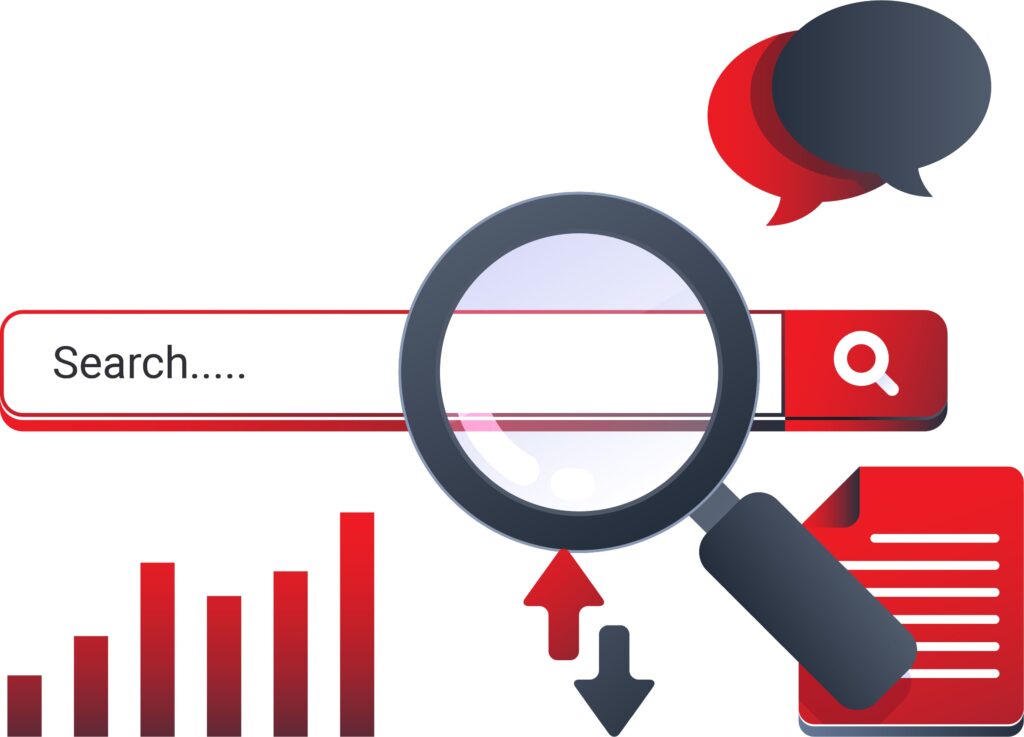On-page SEO, also known as on-site SEO, refers to the optimization of individual web pages to improve their rankings on search engines and drive more organic traffic to a website. on-page SEO involves a variety of techniques and strategies, including keyword research, content optimization, and technical optimization.
In this article, we will discuss in detail what is on-page SEO, why it is important, and some key on-page SEO techniques that you can use to improve your website’s rankings and drive more traffic.
What Is On-page SEO?
On-page SEO or on-site SEO is a process of optimizing the web pages which helps you to rank higher in the search engine. These optimizations are increasing search engine traffic and conversion rates.
This process includes some actions like updating on-page content, proper title tags utilizations, and valuable internal links like this.
Why Is On-page SEO Important?

Seo on-page optimization is important because it helps search engines understand the content of your web pages and rank them accordingly in search results. By optimizing your web pages for on-page factors, you can increase your website’s visibility and attract more organic traffic.
Here are some key reasons why on-page SEO is important:
It helps search engines understand your content
Search engines use complex algorithms to crawl and index web pages and onpage SEO helps them understand the content of your web pages. By optimizing your web pages for relevant keywords and providing clear, well-organized content, you can help search engines better understand what your website is about.
It improves your search engine rankings
On-page SEO is a critical factor in determining where your web pages rank in search results. By optimizing your web pages for on-page factors, you can increase your chances of ranking higher in search results for relevant keywords and driving more organic traffic to your website.
It enhances the user experience
On-page SEO also plays a crucial role in improving user experience on your website. By providing clear, well-organized content that is easy to navigate, you can keep visitors engaged and reduce bounce rates. This, in turn, can lead to higher rankings and more organic traffic.
It helps you stay competitive
On-page SEO is a key factor in staying competitive in your industry. By optimizing your web pages for on-page factors, you can stay ahead of your competitors and attract more organic traffic to your website.
Now that we’ve discussed why on-page SEO is important, let’s take a look at some key on-page SEO techniques that you can use to optimize your web pages.
Key On-page SEO Techniques
On-page SEO techniques refer to the strategies used to optimize individual web pages to rank higher and earn more relevant traffic in search engines.
Here are some of the on-page SEO checker tips.
1. Proper Keyword Research
Keyword research is the process of identifying the keywords and phrases that people use to search for content related to your website. By conducting keyword research, you can identify high-traffic, low-competition keywords that you can target in your content.
To conduct keyword research, start by brainstorming a list of relevant topics and then use a keyword research tool to identify keywords and phrases that people are searching for. Some popular keyword research tools include Google Keyword Planner, SEMrush, and Ahrefs.
Once you have identified your target keywords, incorporate them into your web page content, including in the title tag, meta description, header tags, and body content.
2. Content Optimization
Content optimization is the process of on-page SEO optimizing your web page content to make it more relevant and useful to your target audience. To optimize your content, start by ensuring that it is well-written, informative, and easy to read.
In addition to optimizing for readability, it is also important to optimize your content for search engines. This includes incorporating your target keywords into your content, using header tags to organize your content, and ensuring that your content is properly formatted with bullet points and numbered lists.
3. Meta Tags
Meta tags are HTML tags that provide information about a web page to search engines and website visitors. There are several types of meta tags, but the two most important for on-page SEO are the title tag and the meta description tag.
incorporating good meta tags can have a significant impact on your website’s on-page SEO optimization by providing search engines with relevant and accurate information about your content. This can lead to higher search engine rankings, increased visibility, and more traffic to your website.
4. Title Tag
The title tag is the HTML element that specifies the title of a web page. It appears in the browser tab and as the clickable headline on the search engine results page (SERP). The title tag is important for both SEO and user experience as it provides a brief and concise summary of the web page content.
The title tag should be no more than 60 characters in length, include the main keyword, and provide a clear and accurate description of the web page content. It is important to create unique and descriptive title tags for each web page on your site to avoid confusion and improve click-through rates.
5. Meta Description Tag
The meta description tag is an HTML element that provides a brief summary of the web page content. It appears below the title tag in the SERP and can influence whether a user clicks through to the web page or not.
The meta description tag should be no more than 155-160 characters in length, include the main keyword, and provide a clear and accurate description of the web page content. It is important to create unique and compelling meta descriptions for each web page on your site to improve click-through rates and user engagement.
While other meta tags such as meta keywords and meta robots can also be used for on-page SEO optimization purposes, they are less important than the title tag and meta description tag and have a limited impact on search engine rankings.
It is recommended to focus on optimizing the title tag and meta description tag for each web page to improve the chances of attracting organic traffic and engaging website visitors.
Key On-page SEO Techniques
On-page SEO techniques refer to the tactics used to optimize individual web pages to rank higher and earn more relevant traffic in search engines
Here is the list of on-page SEO checklists.
1. Header Tags
Header tags (H1, H2, H3, etc.) are HTML elements that define the headings and subheadings of a web page. They help to organize the content and make it more readable for both users and search engines.
The H1 tag should be used for the main headline of the page and should include the primary keyword. Subsequent header tags (H2, H3, etc.) should be used to break up the content into sections and sub-sections.
Using header tags correctly not only improves the readability of your content but also helps search engines understand the structure and hierarchy of the content.
2. Image Optimization
Images can enhance the visual appeal of your web page and make it more engaging for users. However, they can also slow down the page loading time if not optimized correctly.
To optimize images for on-page SEO, start by compressing the file size to reduce the loading time. You can also add alt tags to describe the image content and include target keywords where relevant.
Including images that are relevant to the content can also improve the user experience and engagement on the page, which can indirectly improve search engine rankings.
3. URL Structure
URL structure is an important on-page SEO factor as it helps search engines understand the content of the page and the hierarchy of the site.
The URL should be short, descriptive, and include the primary keyword. Avoid using symbols and special characters in the URL and use hyphens to separate words.
It is also important to keep the URL structure consistent across the site, using a clear hierarchy of categories and subcategories where relevant.
4. Internal Linking
Internal linking is the practice of linking to other pages on your website from within your content. This not only helps users navigate the site but also helps search engines understand the hierarchy and structure of the site.
When linking to other pages, use descriptive anchor text that includes target keywords where relevant. Avoid overusing internal links and keep them relevant to the content.
Internal linking can also help distribute link equity throughout the site, improving the authority of the site and individual pages.
Conclusion
On-page SEO is a critical factor in improving search engine rankings and driving more organic traffic to your website. By implementing these key on-page SEO techniques, you can optimize your web pages for search engines and improve the user experience for your website visitors.




